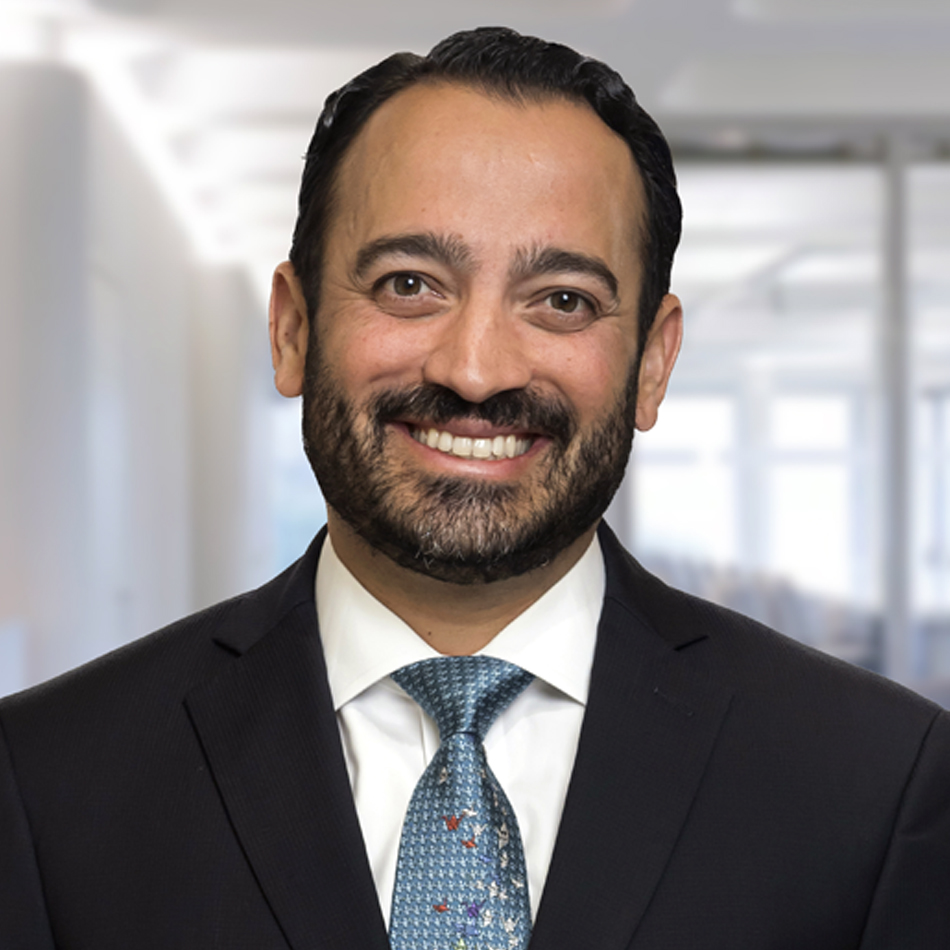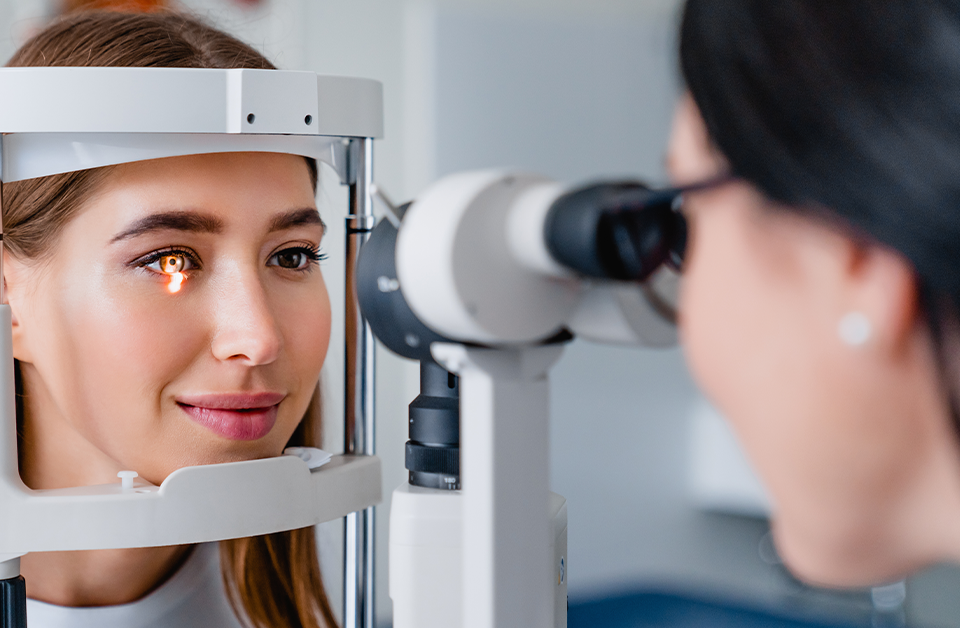

JORDAN PYSZ / iFoundMyDoctor.com
Eye injections did not treat Suzanne’s tractional retinal detachments, so she underwent vitrectomy procedures on both eyes. Her vision has gradually improved.
Suzanne Vacirca went to college with a plan to eventually move on to law school and become an attorney. But fate intervened and she ended up in an entirely different profession.
“I spent my junior year in college studying abroad and didn’t take the LSAT (Law School Admission Test) in time,” Suzanne recounts. “I decided to do something else for a year and then apply to law school. I fell into a teaching position and decided to be a teacher instead.”
Suzanne taught reading and English at a private school in her home state of Massachusetts for 14 years. Then one day, the school president asked her to serve as the institution’s alumni director.
She took the job just as the school was embarking on a capital campaign.
“I learned about development from a development council we were working with,” Suzanne remembers. “I ended up in a development and fundraising position for the school, and later I did the same thing for a community hospital.”
Now 52, Suzanne was forced into early retirement 12 years ago after she was diagnosed with moyamoya, a rare disease that causes progressive narrowing of the carotid arteries, the main suppliers of blood to the brain.
This narrowing can lead to strokes or seizures, and while Suzanne did undergo surgery for the condition, she has not been able to work since. Complicating matters, she recently developed issues with her eyes.
“I went to an eye doctor for an exam, and they immediately sent me to Dr. Moreno at Florida Retina Institute,” Suzanne says.
Tomas A Moreno, MD, is a board-certified, fellowship-trained retina specialist. He diagnosed Suzanne with a tractional retinal detachment, which can occur when scar tissue pulls the retina away from its natural position on the back wall of the eye.
“I didn’t have any of the warning signs – no blurred vision, floaters or flashes of light – but Dr. Moreno said I needed injections into my eye and would eventually need surgery to reattach the retina,” Suzanne says.
Diabetes Connection
A common cause of tractional retinal detachments is diabetic retinopathy, an eye disease that can cause vision loss and even blindness in people with diabetes, or elevated levels of glucose (sugar) in the blood.
There are two types of diabetic retinopathy: nonproliferative and proliferative. The distinction between the two, according to Dr. Moreno, is the development of abnormal blood vessels on the retina, a process called neovascularization, which is seen with proliferative diabetic retinopathy.
In people with diabetes, elevated blood glucose damages the lining of the blood vessels supplying the retina. People can have diabetic retinopathy for a long time and not know it until symptoms such as blurry vision, increased floaters or blank areas in the field of vision appear. Eventually, the linings get so damaged that the blood vessels become blocked, which is characteristic of nonproliferative diabetic retinopathy.
“Once those blood vessels become blocked, neovascularization occurs,” the doctor explains. “New blood vessels form to replace the damaged blood vessels and supply oxygen to the retina. But the new blood vessels are unstable. They leak and bleed, which can lead to bleeding inside the eye. Sometimes, the bleeding causes scar tissue to form, which can cause a tractional retinal detachment.”
Dr. Moreno found that Suzanne has proliferative diabetic retinopathy in both eyes, although her right eye was significantly more affected by the condition.
“Our goal is to stop the neovascularization,” the retina specialist says. “We can do that in one of two ways: by injecting into the eyes medication that stops blood vessel formation or by using a laser.
“But Ms. Vacirca had some bleeding in her right eye, so we couldn’t use the laser to treat that eye. We tried injections, but the tractional retinal detachment got worse, so we performed a vitrectomy.”
Vitrectomy is a procedure that involves removing the vitreous, the fluid inside the eye, and temporarily replacing it with a gas or oil bubble. The bubble holds the retina flat against the back the eye until it reattaches.
The gas dissipates over time, but an oil bubble must be removed during a second procedure. Dr. Moreno placed an oil bubble in Suzanne’s right eye, which temporarily hampered her vision.
Dr. Moreno effectively treated Suzanne’s left eye with a series of injections for almost a year until another medical issue arose.
“Unfortunately, her eye became extra sore after one injection, which discouraged her,” the doctor recalls. “Then she got sick and forgot about her appointments, so I didn’t see her for about a year. As a result, the neovascularization came back, and she developed a tractional retinal detachment with decreased vision in her good eye.”
Dr. Moreno eventually performed a vitrectomy on Suzanne’s left eye. This time, however, he used a gas bubble instead of oil to hold the retina flat against the back of the eye. He also explained to Suzanne how serious eye issues can develop when treatment isn’t provided consistently.
“Frequent eye doctor appointments are important, especially for people with diabetes because the health of their eyes can go south quickly,” Dr. Moreno notes. “When that happens, vision may not be preservable despite the interventions of a retina specialist.”
-Dr. Moreno
“Truly Miraculous”
The vitrectomy on Suzanne’s left eye was performed in mid-September. Her vision has been improving progressively since then.
“By Christmas, I started to get vision back in my left eye, and each day the vision in both eyes gets a little better,” Suzanne says. “It went from really, really bad, where I could only see hand movements to being able to see some of the letters on the eye chart. So, my vision is much better than it was.
“It’s truly miraculous. I went from thinking, I’m going to have to deal with being blind to having my vision back and thinking, Maybe I can go back to teaching.”
Suzanne is equally pleased with her retina specialist.
“Dr. Moreno is wonderful,” she raves. “He knows what needs to be done and takes great care of me. I only wish I had listened to him and not taken that break in my treatment.
“I wouldn’t have had to go through all that I have gone through with my left eye. Now, I see Dr. Moreno routinely for injections into both eyes.”







Leave a Reply